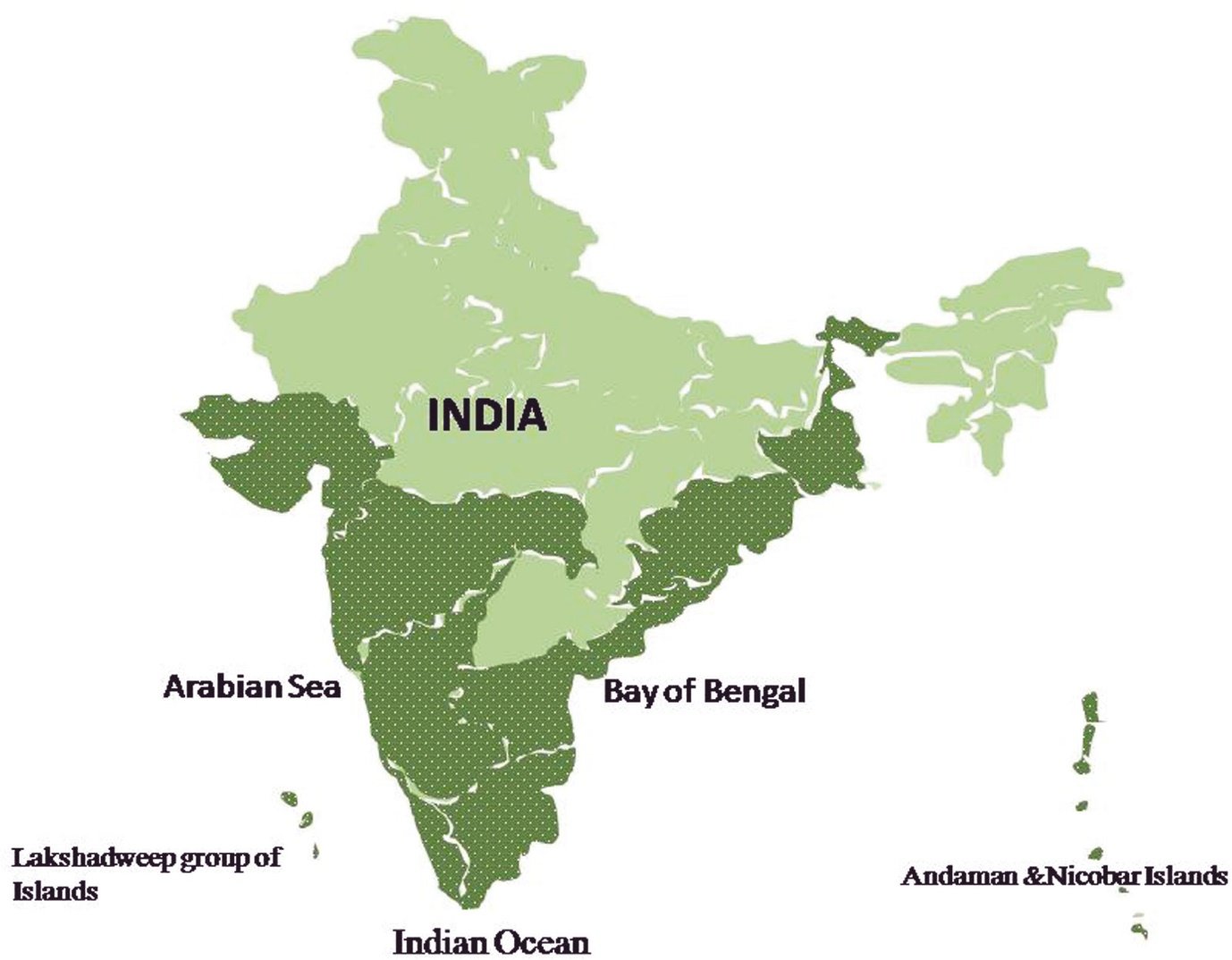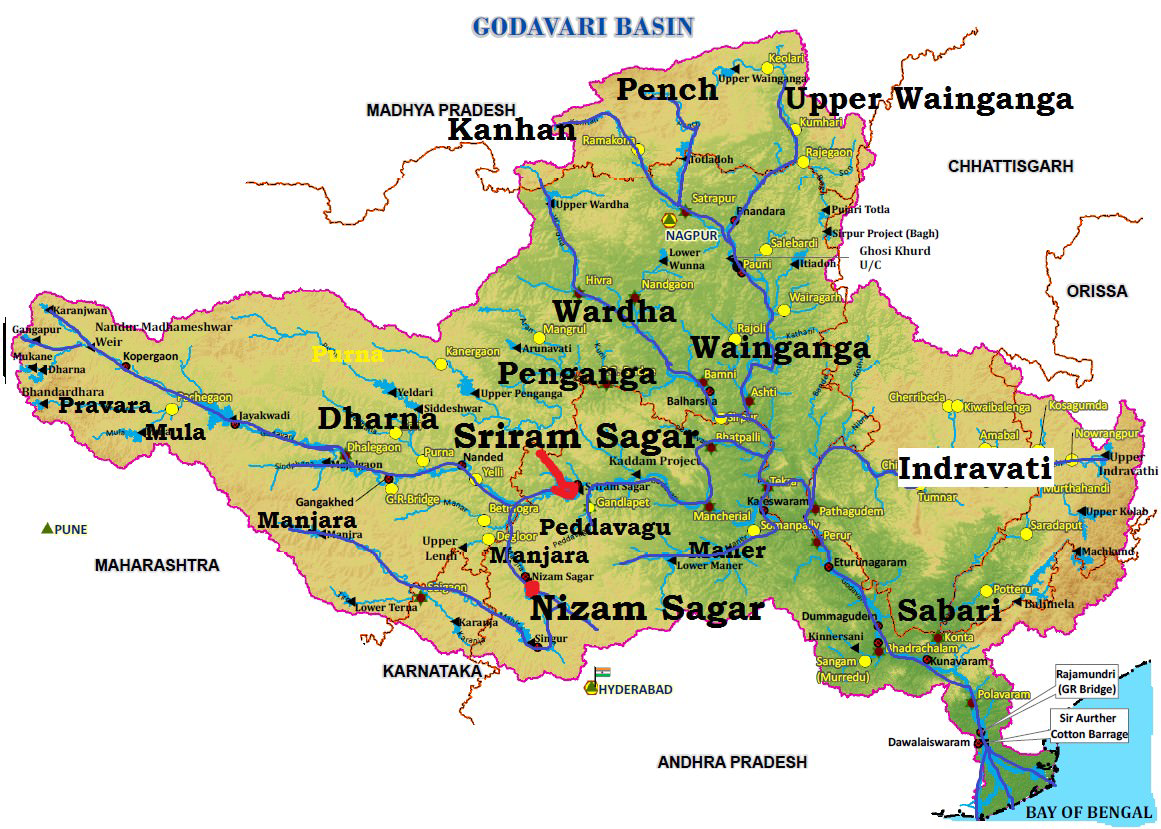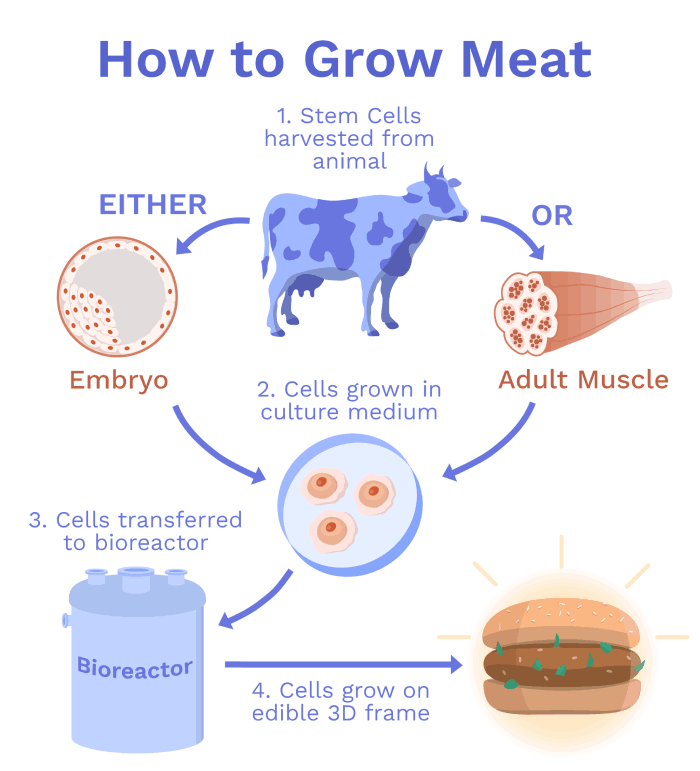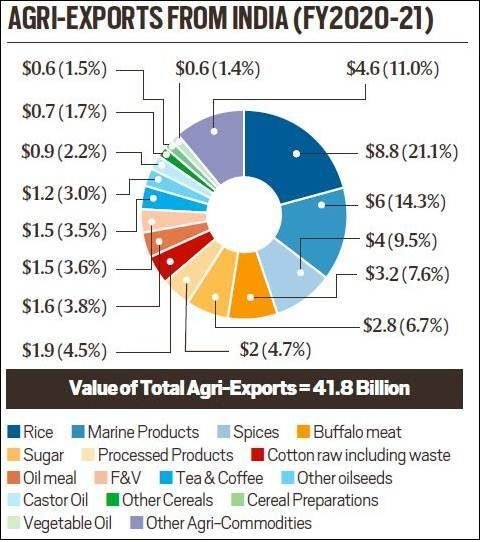
Chemicals in Polymers & their Impacts
Subscribers of "Current Affairs" course can Download Daily Current Affairs in PDF/DOC
Subscribe to Never Miss an Important Update! Assured Discounts on New Products!
Must Join PMF IAS Telegram Channel & PMF IAS History Telegram Channel
Polymers
- All plastics are based on polymers– large molecules formed by the joining of monomers.
- The term polymer is commonly used in the plastics and composites industry, often as a synonym for plastic or resin.
- Polymers are both man-made and naturally occurring.
- Wool, cotton, silk, rubber, and cellulose– the main components of wood and paper, are natural polymers.
- Man-made or synthetic polymers include materials such as polyethylene, the most common plastic in the world found in items ranging from shopping bags to storage containers, and polystyrene.
Impacts of Chemicals in Polymers
- Experts believe that the actual number of chemicals used by the plastic industry throughout its life cycle could be around 25,000 or even more.
- With more than 98% polymers manufactured from the fossil fuel industry, plastics comprise a carbon-based backbone and chemicals to impart properties such as durability, flexibility, stability, colour, etc.
- Common chemicals found in plastic packaging include Bisphenol A (BPA), phthalates, and various other additives used in the manufacturing process.
- BPA is known to disrupt endocrine function and has been associated with reproductive disorders, obesity, and increased risk of certain cancers.
- Phthalates have been linked to hormonal imbalances, developmental abnormalities, and adverse effects on reproductive health.
- Other additives found in plastics, such as flame retardants and antimicrobial agents, have been associated with neurotoxicity and immune system disruption.
- The burning of plastic waste and the thermal degradation process release Polycyclic aromatic Hydrocarbons (PAHs) compounds, which, when inhaled, can lead to cancer, respiratory diseases, obesity, etc.
The gap in the information on chemicals in the Plastic industry
- Around 25% of the known plastic chemicals lack basic information on their identity.
- A mere 6% of these chemicals are currently subject to international regulation through multilateral environmental agreements like the Rotterdam Convention, which mandates prior informed consent (PIC) on the trading of some chemicals, the Stockholm Convention on persistent organic pollutants (POP), and the Montreal Protocol on ozone-depleting substances.
How are countries tackling the chemicals in the polymers?
- The EU has put in place the Registration, Evaluation, Authorization, and Restriction of Chemicals (REACH) regulation.
- It is a comprehensive regulatory framework implemented by the European Union (EU) to ensure the safe use of chemicals and to protect human health and the environment.
| Country | Regulation | Description |
| Korea | K-REACH | Requires registration, evaluation, and authorisation of chemical substances manufactured or imported into South Korea. |
| China | China-REACH | Measures for the Environmental Management of New Chemical Substances (MEP Order No. 7) regulate the registration and evaluation of new chemical substances in China. |
| Taiwan | Toxic Chemical Substances Control Act (TCSCA) | Regulates the manufacture, import, sale, and use of toxic chemical substances in Taiwan. |
| Japan | Chemical Substances Control Law (CSCL) | Requires the registration and evaluation of chemical substances manufactured or imported into Japan. |
| Australia | Australian Industrial Chemicals Introduction Scheme | Regulates the introduction of industrial chemicals into Australia. |
| Canada | Canadian Environmental Protection Act, 1999 (CEPA) | Provides the framework for regulating toxic substances and other pollutants in Canada. |
| USA | Toxic Substances Control Act (TSCA) | Regulates the manufacture, import, processing, distribution, and use of chemical substances. |
The case of India
- India does not have a regulation identical to the European Union’s REACH regulation.
- However, India does have laws and regulations governing the registration, evaluation, and use of chemicals, albeit in different forms and under different authorities.
Manufacture, Storage and Import of Hazardous Chemicals (MSIHC) Rules, 1989
- These rules regulate the manufacture, storage, import and export of hazardous chemicals in India.
- They require the registration of hazardous chemicals with the relevant authorities and mandate safety measures to prevent accidents and minimize environmental and health risks.
Bureau of Indian Standards (BIS)
- BIS sets standards for various products, including chemicals, to ensure their quality, safety, and performance.
- While BIS standards may not directly mirror the scope of REACH, they contribute to chemical safety and regulatory compliance in India.
- BIS should have mechanisms where new chemicals that are introduced in the market to be used by the plastic industry should be registered and classified as hazardous or non-hazardous.
Is recycling Plastic the ultimate solution?
- A recent report by Toxic Links (a New Delhi-based not-for-profit) revealed products made from recycled plastics contain harmful chemicals.
Way Forward
- Disclosing the chemical composition of plastics to close data gaps, enhance management, and promote accountability across value chains to promote transparency.
- Formulating a comprehensive and efficient regulation of plastic chemicals, emphasising the need for a hazard- and group-based approach to identifying and prioritising chemicals of concern.
- Building technical, institutional, and communication capacity in public and private sectors to manage plastic chemicals effectively and foster innovation.
- Implementing a labelling system on plastic products to convey the impact of chemicals to address concerns related to hazardous substances.






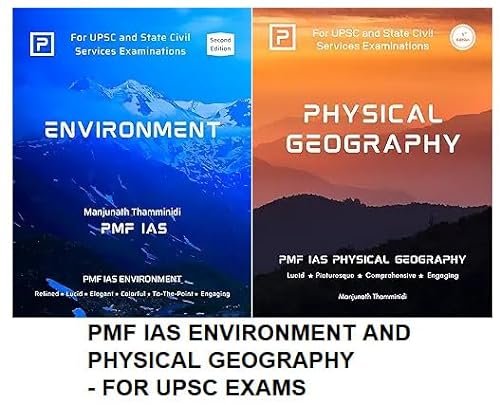
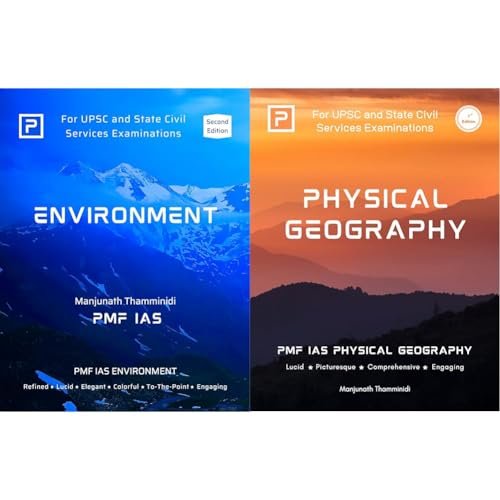
![PMF IAS Environment for UPSC 2022-23 [paperback] PMF IAS [Nov 30, 2021]…](https://pmfias.b-cdn.net/wp-content/uploads/2024/04/pmfiasenvironmentforupsc2022-23paperbackpmfiasnov302021.jpg)

